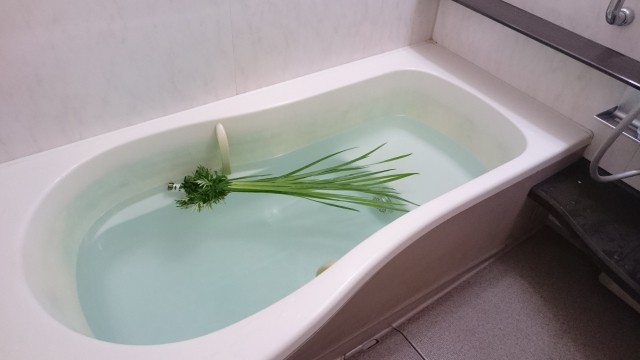In Japan, Children’s Day, or Kodomo no Hi こどもの日, is celebrated every year on May 5 as part of Japan’s Golden Week holidays. Originally known as Tango no Sekku 端午の節句, it was one of the five traditional Sekku ceremonies observed at the Japanese imperial court. While Hina Matsuri (Doll’s Festival) on March 3 is dedicated to girls, Kodomo no Hi was historically known as Boy’s Day and focused on celebrating the health and strength of boys. Today, it honors the happiness and growth of all children, with families across Japan displaying colorful carp streamers (koinobori) and decorating their homes with samurai helmets (kabuto) as symbols of strength and courage.
The Origins of Kodomo no Hi
The origins of Children’s Day are deeply connected to the Chinese lunar calendar and folklore. In China and other East Asian cultures, the fifth day of the fifth month is known as the Dragon Boat Festival. In Japan, it was introduced under the reign of Empress Suiko as Tango no Sekku. Since the Nara period, it was celebrated at the imperial court just like the other ceremonies that marked the seasons. It was a time for archery games, horse races, and purification rituals to ward off bad luck, as the fifth month was considered inauspicious. The festival also marked the rice-planting season, with prayers for a good harvest.
During the Kamakura era, the festival took on a martial meaning as samurai culture grew. Initially, samurai helmets and armor were displayed during Tango no Sekku as part of their annual maintenance before the rainy season. Over time, this practice took on a symbolic meaning, representing military strength and protection.
The festival’s rituals, once focused on warding off evil spirits, also became a way to wish for young boys to grow strong and courageous. During this period, the shobu 菖蒲 plant (Japanese Iris) was adopted as a samurai symbol due to its phonetic resemblance to shobu 尚武, meaning “warrior spirit.” That is why you will also see May 5th celebrated as Shobu no Sekku, and shobu leaves used for decorations and celebratory sweets. This connection may also be why the custom of taking shobu-infused baths continues even today.


In 1948, Tango no Sekku was renamed Kodomo no Hi and officially became a national holiday dedicated to all children — both boys and girls — to wish them good health, happiness, and a bright future, as well as to honor their mothers. Most Japanese, though, still consider it and celebrate it as Boy’s Day.
While influences from China remain — such as sweet dumplings and dragon boat races in some regions — in Japan Tango no Sekku evolved with its distinct symbols, with koinobori being the most iconic tradition for May 5. But why are carp streamers so closely linked to this festival?
The Meaning Behind Koinobori Carp Streamers
In Japanese culture, the carp (koi) represents strength, perseverance, and success, as this fish is known for its ability to swim upstream against strong currents. This symbolism aligns with the values of Kodomo no Hi, which historically celebrated boys’ growth and courage. It is believed that koinobori became popular during the Edo period (1603–1868) when commoners began flying them as a counterpoint to the samurai families’ banners displayed on May 5.
They are windsocks made of paper or cloth, in the shape of carps. Each fish in the koinobori symbolizes a family member. Big carps represent parents, the black one for the father and the red one for the mother. The smaller fishes represent the children. Around the time of Children’s Day they can be seen waving above rivers and gardens, flapping on balconies, or simply as smaller decorations in houses and shops.
How is Kodomo no Hi Celebrated Today?
While traditional decorations like koinobori and samurai armor are still widely used, their size and extravagance have diminished over time due to space constraints and costs.
Inside their houses, families display miniature replicas of helmets or May dolls (gogatsu ningyo) representing warriors. You may also find figurines representing Kintaro, a hero from Japanese folklore. He is a kid of superhuman strength, raised by a mountain witch, and known to have fought against a giant carp. It is customary to display a Kintaro doll on Kodomo no Hi in the hope that boys will become equally strong and brave.
Special wagashi are also eaten for the occasion, such as kashiwa mochi (rice cake filled with sweet red beans, wrapped in an oak leaf) and chimaki (sticky rice pastry covered with a bamboo leaf and steamed), the Japanese version of Chinese zongzi eaten for the Dragon Boat Festival.
Regardless of how families choose to celebrate, the sentiment remains the same: wishing for children to grow up strong and healthy. For many Japanese, May 5 also marks the end of Golden Week, Japan’s longest holiday period, and it signals a return to daily routines.











No Comments yet!